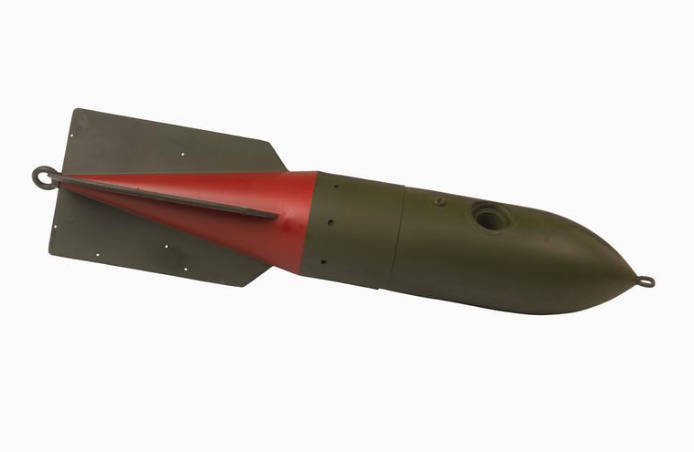German 50kg bomb stops work at Kent residential development
An unexploded (SD50) bomb dropped during WWII has been unearthed at a construction site in Kings Hill, west Kent. Drone footage indicates that the weapon was buried approximately 3m below the surface.
A 200m radius exclusion zone was set up as a precaution. An army Explosive Ordnance Disposal team then carried out a controlled explosion on the device.

German high explosive bombs
The bomb would have been dropped during one of several air raids against RAF West Malling. The heaviest of these occurred during the Battle of Britain (summer 1940) and resulted in over 100 bomb strikes.
This discovery comes just weeks after an evacuation in south-west London, caused by a German 250kg bomb. This munition was also deemed too sensitive to move and had to be blown up in-situ.
The SD series of German high explosive bombs were the second most commonly deployed family of large ‘iron’ bombs. They had thicker steel casings which meant their charge to weight ratio was only 30 to 40% of their total weight. This produced a greater fragmentation (shrapnel) effect.
SD bombs were fitted with either an instantaneous fuse or a short time-delay fuse, depending on the mission type. This SD50 model would have contained 16.4kg of TNT (high explosive).

Unrivalled UXO support
UXO continues to be a great danger in the UK. At Brimstone, we offer UXO assessment, survey, investigation and disposal services. If you require UXO support for your site, get in touch with our dedicated commercial team.
Keep up to date with Brimstone UXO by following us on Facebook, Instagram, Twitter, LinkedIn and YouTube.